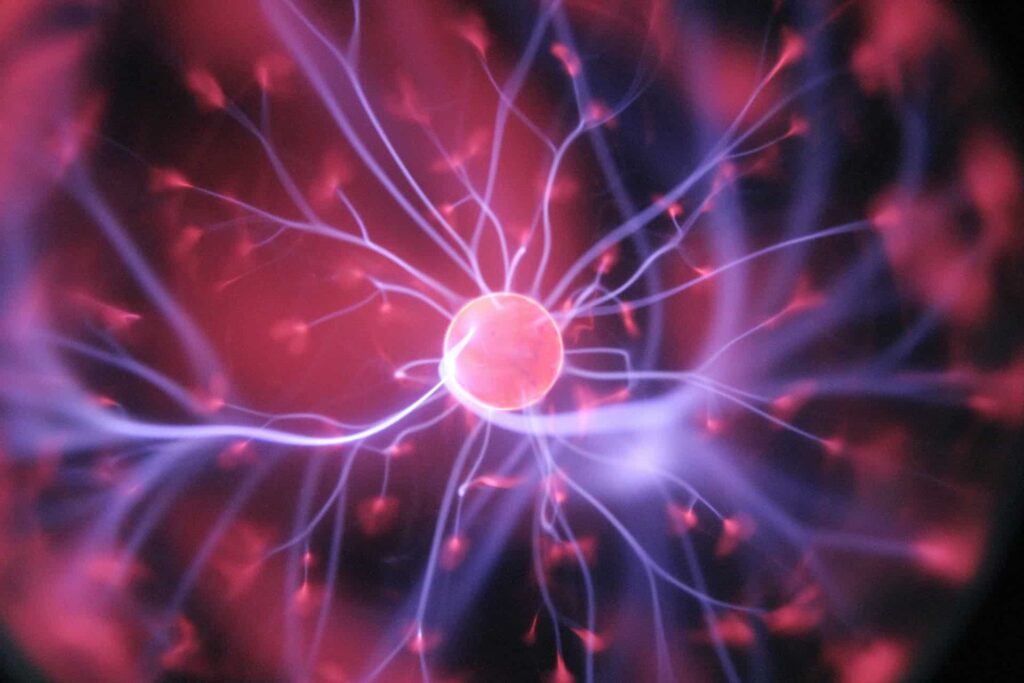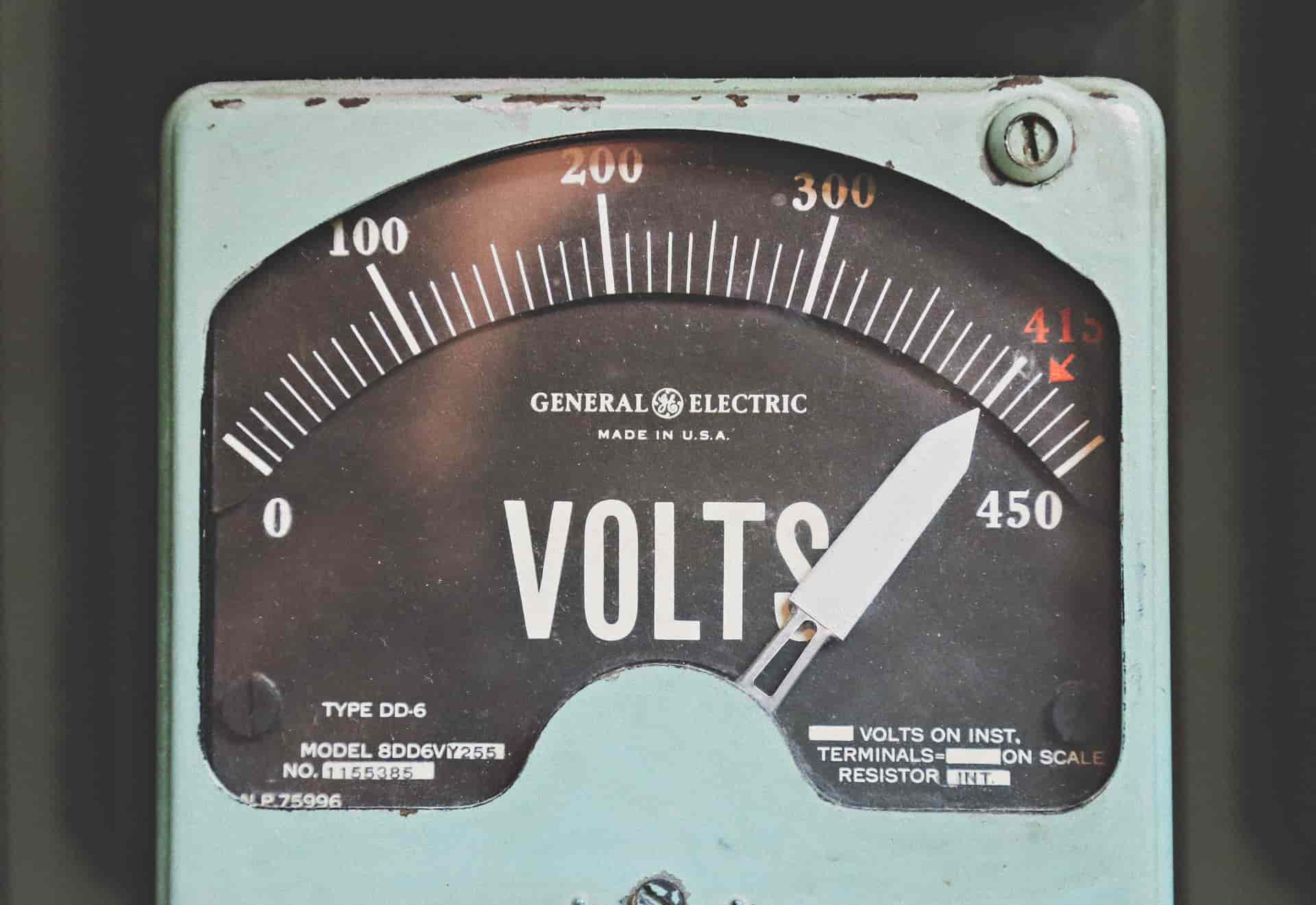
For scientists, energy is not really a thing and so it isn’t made of something else, in the way a house is made of bricks. Energy is more like a capacity. A capacity is an ability to do something.
Energy and work
Think of a musician: they have the capacity to play an instrument. A painter has the capacity to paint. Energy is the capacity for something to do work. Something does work when it exerts a force on another object, pushing the object to move in a particular direction. What does that mean? Well, imagine someone throws a ball to you and you hit it with a bat. When the bat hits the ball, it changes the ball’s speed and direction. Energy is the capacity the bat has to change the direction of the ball. When the bat is swinging, it can change the direction of any ball it hits. When you swing the bat, you put energy stored in your muscles into it. The harder you swing, the more work the bat can do, so the more energy it carries.
Types of energy
There are many ways for something to do work, so there are different kinds of energy. We have already encountered one: the swinging of the bat. This is called kinetic energy. It is the energy something has because it is moving. Another kind of energy is potential energy. Potential energy is the capacity something has to do work because of its position in relation to other objects. This means putting things in certain places gives them energy. Here’s a fun example: imagine putting a bucket of water on top of a door that is half open. When someone walks through the door, the bucket will fall on their head. Because the bucket is on top of the door, it can fall. And when it falls, it can do some work. Not only will it soak whoever walks through the door, but it will also hit them on the head. So the bucket has the capacity to do work just because it is put on top of the door, and not because it is moving. That capacity is the bucket’s potential energy.
Einstein’s famous equation
The famous physicist Albert Einstein made an equation about energy, which you may have seen before: E = m c ². In this equation, the E is for energy, the m is for mass (which is roughly how much matter, or physical stuff, is in something), and c means the speed of light. What the equation seems to say is that energy equals mass times some number. So then, isn’t energy made of something after all? Not quite, because some things with no mass can still have energy. For example, light. We know it has energy because we catch light’s energy in solar panels, and turn it into electricity. But light is made of tiny particles called photons, and photons have no mass. So, if energy were made of mass, then light would have no energy at all! That would make a mystery out of solar power. As it turns out, even though light has no mass it does have something called momentum, which gives it a capacity to do work.
Mass, energy and momentum
There’s a more complicated version of Einstein’s equation that shows how energy is related to mass and momentum. One important thing to know is that light moves very fast. Because the amount of energy in something depends on how much mass it has multiplied by the square of the speed of light, that means a little bit of matter carries a lot of energy! Light travels almost 300 million metres in a single second, which means one kilogram of mass is equivalent to almost nine quintillion joules of energy! That’s a 9 with 18 zeroes after it: 9,000,000,000,000,000,000.
The trick is unleashing that capacity. That’s actually how nuclear bombs (and nuclear power) work: they unlock the energy captured in matter to produce an enormous effect.



